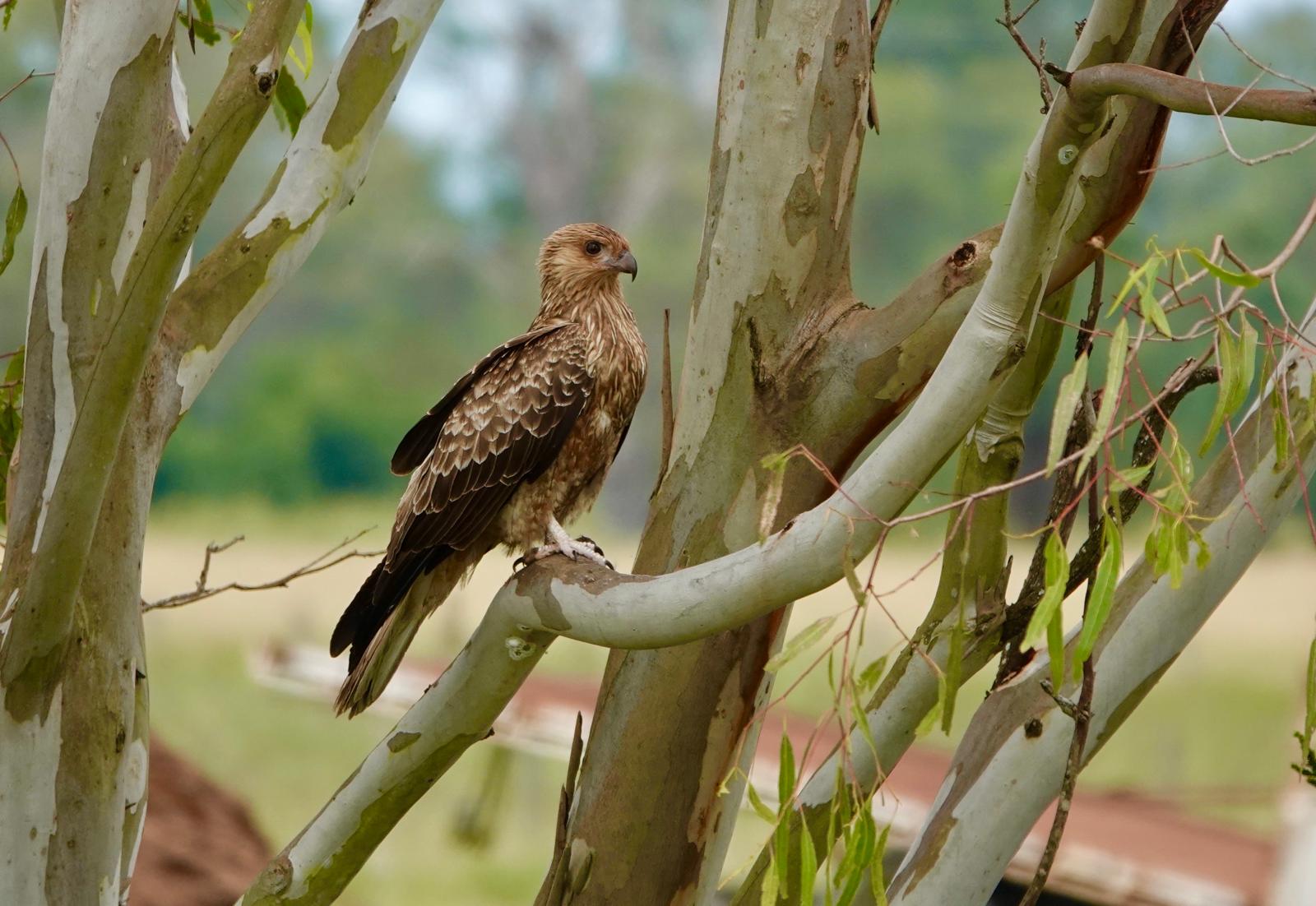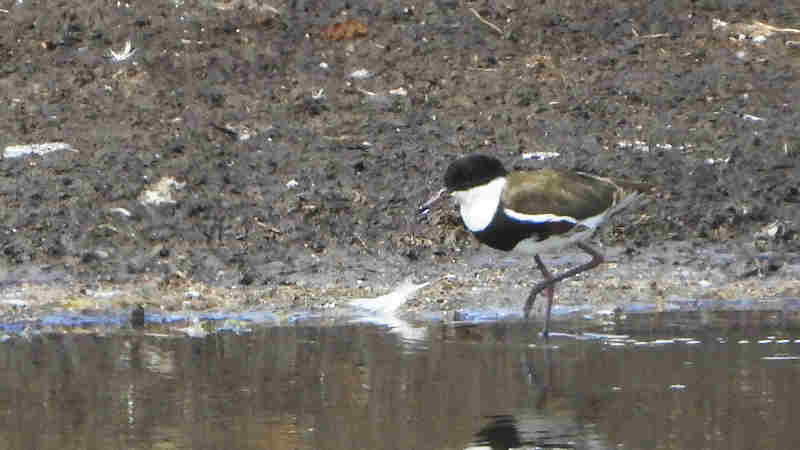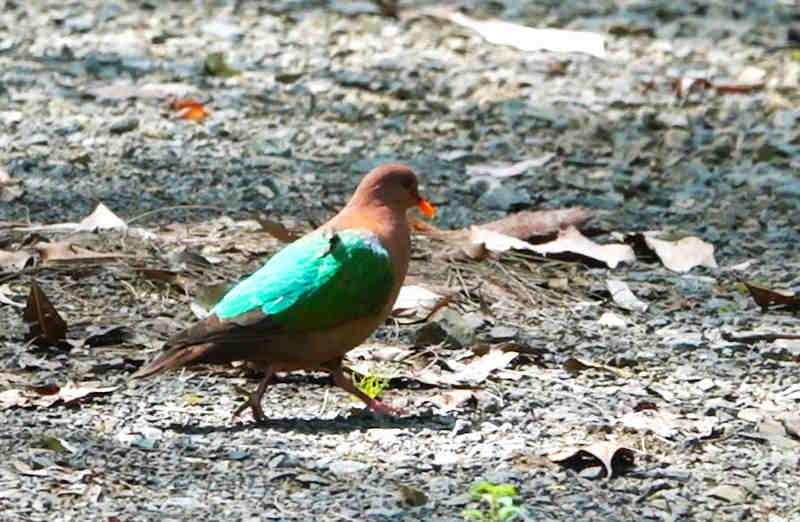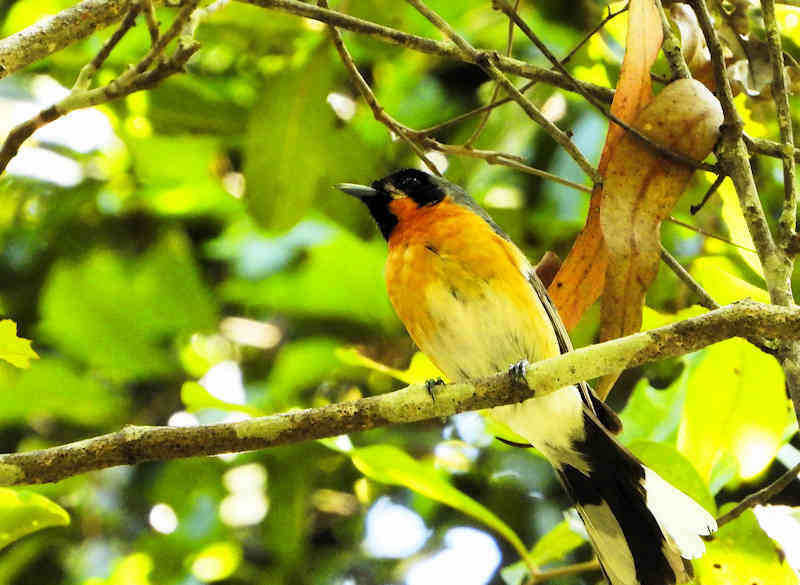Australian Raven (Corvus coronoides)
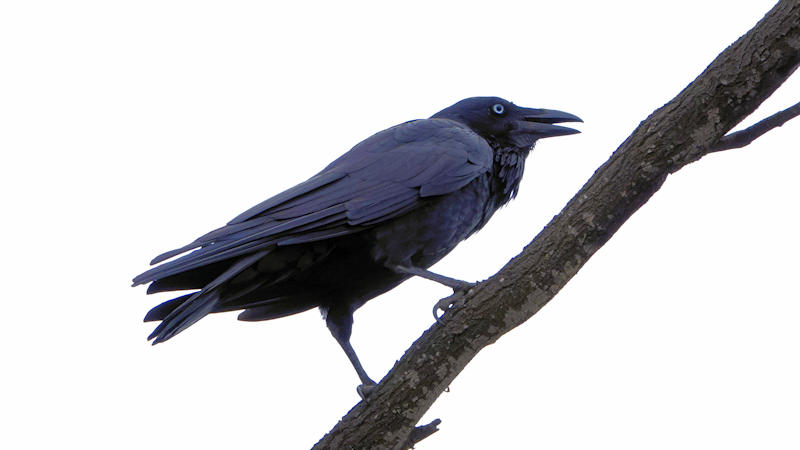
The Australian Raven (Corvus coronoides) is one of the most widespread and recognizable birds of the Australian landscape. Known for its intelligence, distinctive appearance, and complex social behavior, this bird has captured the curiosity of birdwatchers and nature lovers alike. Found throughout much of the mainland, the Australian Raven plays a crucial role in the country’s ecosystems, as both a scavenger and a predator.
Appearance
The Australian Raven is a large, black bird with a characteristic gloss on its feathers that shines with a dull iridescent purple and blue hues under sunlight. Adult ravens are distinguishable by their longer,strong beaks, which they use for a variety of purposes, from tearing meat to crafting nests. One of their most distinguishing features is the “streaked”, fluffy feathers on the throat, visible especially when they call or preen.
These ravens are often confused with other species of crows and ravens found in Australia, such as the Little Raven (Corvus mellori) or Torresian Crow (Corvus orru). However, one key difference is their larger size, and they possess a distinctly different call—an iconic, drawn-out “aah aah aah” sound that resonates across the landscape.
Habitat and Distribution
Australian Ravens are highly adaptable birds and can be found in a wide variety of habitats, from woodlands and forests to urban environments, agricultural lands, and even arid regions. Their range extends across eastern, southern, and central Australia, though they are less commonly seen in northern Australia and Tasmania, where other corvid species dominate.
For birdwatchers, spotting an Australian Raven is often easy due to their vocal presence and their habit of perching high in trees, powerlines, or other prominent locations where they can survey their surroundings.
Behavior and Intelligence
Ravens are renowned for their intelligence, and the Australian Raven is no exception. Observations have shown them to be skilled problem solvers, capable of using tools, understanding cause and effect, and engaging in cooperative hunting. They are opportunistic feeders, with a diet that includes insects, small mammals, carrion, fruit, seeds, and human scraps. This adaptability has helped them thrive in both natural and urban environments.
Socially, Australian Ravens are highly complex. They often live in small family groups, and their social dynamics include strong bonds between mates, cooperative breeding, and territorial defense. These birds are also known to form loose flocks when foraging, especially in areas where food is abundant.
Nesting and Reproduction
Breeding season for Australian Ravens typically occurs in late winter through spring (July to October). They build large, bowl-shaped nests high up in trees, using sticks, twigs, and softer materials like wool, feathers, and grass for lining. The female lays 3 to 6 eggs, which are incubated for about 20 days. Both parents are involved in feeding and raising the chicks, which fledge after approximately 45 days.
Interestingly, Australian Ravens display cooperative breeding behavior, meaning that juvenile ravens from previous seasons may help their parents raise the new brood. This behavior enhances the survival chances of the young and highlights the strong family ties within raven groups.
The Raven’s Role in Culture
The Australian Raven holds a significant place in Aboriginal culture and mythology. In some Indigenous Australian traditions, the raven is viewed as a trickster figure, embodying cunning and cleverness. Its distinct, haunting call is often interpreted as a symbol of warning or an omen.
In modern Australian life, the raven’s presence in urban areas has sometimes led to conflict with humans, especially as these birds become more accustomed to scavenging from rubbish bins and leftover food. Despite this, their intelligence and adaptability are often admired.
Tips for Birdwatchers
For birdwatchers interested in observing Australian Ravens, paying attention to their calls is one of the best ways to locate them. Their vocalizations are varied and can range from their distinctive drawn-out calls to softer, chattering sounds when they interact with family members.
Australian Ravens are also highly curious and observant birds, so those watching from a respectful distance might find themselves being watched in return! Look for them in high perches, such as the tops of trees or power poles, where they keep an eye on their surroundings.
Conservation Status
Despite their widespread distribution and adaptability, Australian Ravens are subject to the same pressures that affect much of Australia’s wildlife, including habitat loss and changes in food availability. However, their population is currently stable, and they are classified as “Least Concern” on the IUCN Red List of Threatened Species.
Conclusion
The Australian Raven is much more than just a black bird in the background of Australia’s rich wildlife. Its intelligence, adaptability, and complex social behavior make it a fascinating subject for birdwatchers and nature enthusiasts alike. Whether perched atop a tree or scavenging on the ground, these ravens are a crucial part of Australia’s ecosystems and a remarkable example of avian adaptability.
For bird lovers looking to explore Australia’s birdlife further, watching the behavior of these intelligent creatures offers a window into the complex world of avian cognition and social dynamics. Next time you hear that familiar call, take a moment to appreciate the cleverness and adaptability of the Australian Raven.
We are affiliated with Amazon and make a small royalty at no extra cost to you, so by using the links below to purchase your next birding gear you can help us to maintain Simply Birding and continue to bring great content:

Canon, Sony and Nikon cameras: https://amzn.to/4gmtDWk

Lenses for bird photography: https://amzn.to/3WG3vyF

Tripods: https://amzn.to/3PVDNT0

Memory Cards: https://amzn.to/3PV4Y0z

Bird books: https://amzn.to/42NgsKS

Binoculars for bird watching: https://amzn.to/42G0nGZ

Spotting Scopes for bird watching: https://amzn.to/4hom5nq












